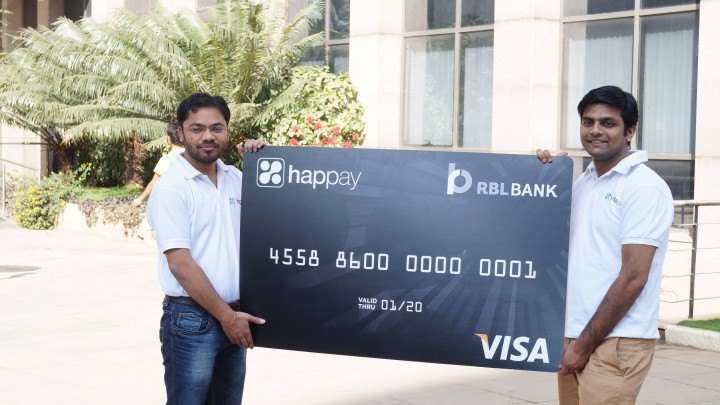Last week, we announced the second batch of winners of InTech50 2016. It’s been a hectic month for all the stakeholders.
Happy to announce the third and final batch of 15 companies that are selected for InTech50 2016:
- Aujas: Security Analytics and Visualization Platform
- Canvazify: Canvazify is a visual collaboration tool for team brainstorming and planning. Its a pinterest of team ideas. Canvazify helps you organize and discuss ideas, derive meaningful insights and plan activities
- FarEye: FarEye, is a Mobile Workforce Management Platform. It is a customizable Enterprise Mobility Platform., that automates processes and field workforce thus., helping the enterprises in delighting their customers
- Germinait Solutions Private Limited: Germin8 Social Intelligence is a product suite that enables brands to get valuable insights from consumers in social media about the products, campaigns, content and customer service.
- Happay (VA Tech Ventures): Happay is a first of its kind, VISA card driven, expense management solution that streamlines a company’s expense workflow from purchase-to-accounting and enables real-time visibility and control over business spending.
- Indix Internet India Private Limited: Indix offers a variety of products including a Product API, Reports App, and machine learning services using proprietary data science algorithms. Leading brands and retailers use Indix products to boost productivity, drive innovation, and accelerate growth.
- Innotion Technologies Pvt Ltd: Protean is a Business Process Management & Field Service Management Platform, which helps the organizations in automating the backend Processes & Field activities.
- Lucep: Lucep is a sales acceleration solution for B2B businesses. Using a website widget and our mobile app, Lucep connects leads generated from your site directly with your team in under 60 seconds.
- NavStik Autonomous Systems Pvt. Ltd: FlytPOD is the next-generation flight-computer for commercial drones. FlytOS is its operating system that empowers developers build variety of commercial applications for drones. Together they offer a platform for drone-makers to build next-gen drone applications.
- Nowfloats: The NowFloats platform helps large enterprises by getting their local channel online in a relevant, meaningful, frictionless manner. Think how to get all of your retail stores, your insurance agents, your branches, etc all being highly discovered by local consumers via latest, frequently updated content by your extended teams.
- Propalms Technologies Pvt Ltd: Propalms TSE: Delivers Microsoft Windows client applications from datacenter over browser to users using presentation virtualization technology.
- SayPay Technologies: SayPay Authenticator combines voice recognition and speech recognition seamlessly into one single step. By simply speaking the SayPay “crypto-token” into their mobile banking app, users identify the transaction, authenticate themselves, and lock their biometric signature to each authentication.
- Tydy: Tydy is an Automated Employee Onboarding & Engagement Platform. Tydy combines automated workflows, pre-defined content modules and engagement hooks resulting in a personalized & amazing onboarding experience.
- Vidooly: Vidooly is an SaaS based video analytics and marketing suite that provides actionable insights to content creators, MCNs and brands enabling them to optimize their videos on YouTube and increase the organic reach, build an audience base and take data driven decisions to create content.
- Xtreme Media Pvt. Ltd: XM DSS is a Cloud based digital signage solution, it enables brands to centrally control & manage digital screens located anywhere in the world on a single click.
Congratulations again to all the above winners !!
You can see the first batch of winners here.
We will keep you updated on all the action, during and after the event. Keep watching this space.
Guest Post by Arvind Kochar, Terrene Global Leadership Network


 Here is an excerpt from Varun’s interview with iSPIRT:
Here is an excerpt from Varun’s interview with iSPIRT: